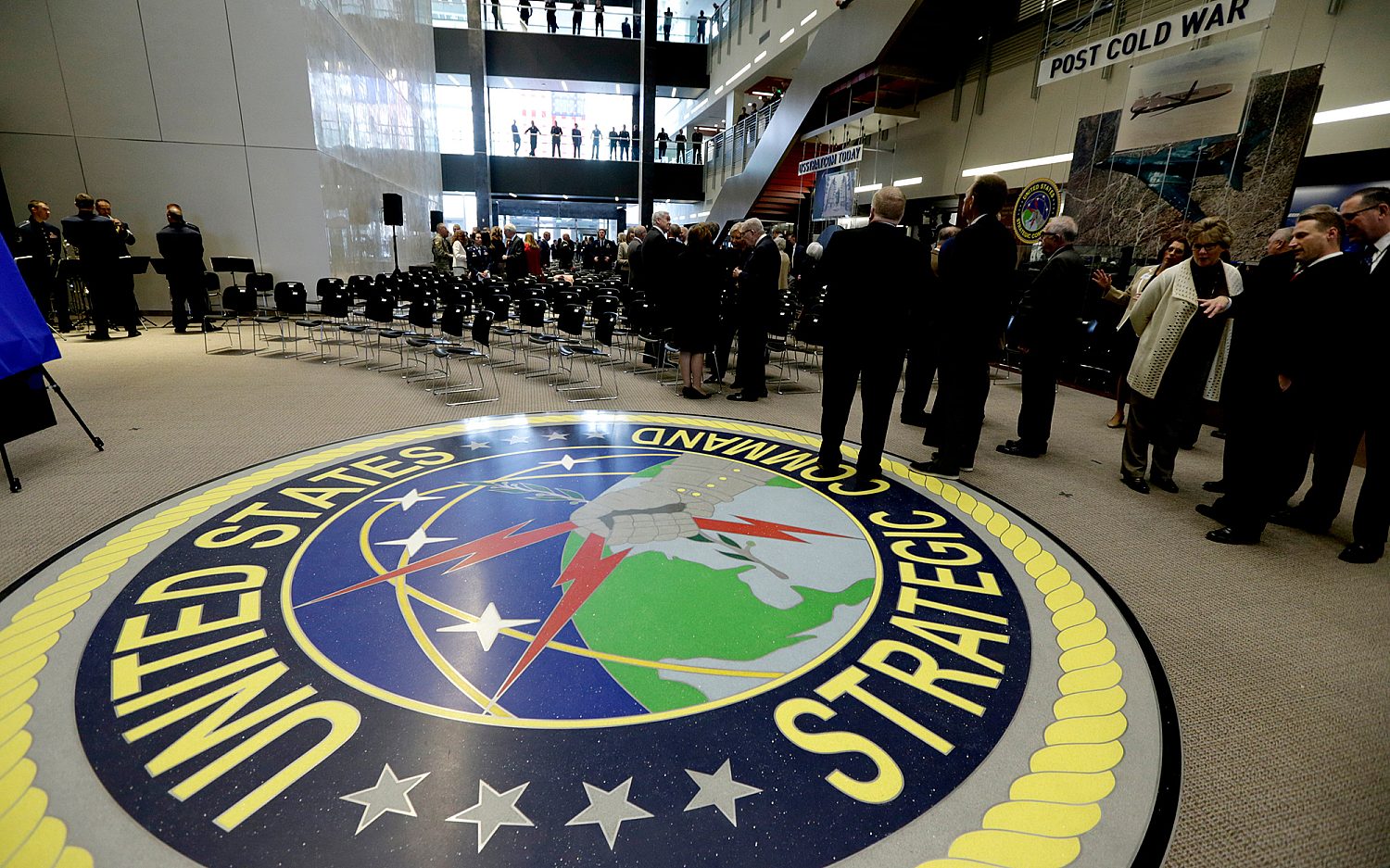White House hysteria
Republicans continue to call the Obama administration’s bluff on the so-called ‘devastating list of horribles’ caused by sequestration
WASHINGTON—The politics surrounding the newly enacted $85 billion in federal budget cuts, aka “the sequester,” continued to escalate on Wednesday as fiscal conservatives responded to the Obama administration’s dire warnings by shining a spotlight on areas of government waste.
House Speaker John Boehner’s office announced Wednesday that tours would continue at the U.S. Capitol Building, which contrasted with the Obama administration saying yesterday that tours of the White House would be suspended after this weekend. The cancellation is due to staffing reductions the White House blamed on the budget cuts enacted on March 1.
“We very much regret having to take this particular action, particularly during the popular spring touring season,” read a White House recorded message.
But Rep. Louie Gohmert, R-Texas, went to the House floor this week to propose an alternative: blocking the use of federal funds for President Barack Obama’s future golf trips. Gohmert said saving the estimated $1 million cost of a recent Obama golf outing to Florida would have prevented the impending furloughs of 341 federal employees.
“Perhaps we will be able to get the Democrats and Republicans across America [and] people that don’t even have a party because they are just Americans … to get their tour of the White House, and all it will cost is one or two golf trips less,” Gohmert said of his amendment.
The Obama administration has waged an aggressive campaign to first halt and now undo the $85 billion in automatic spending cuts. Obama stood with police officers and firefighters to decry the “meat clever” being brandished to the federal budget. He stood with shipbuilders to warn that the “brutal” cuts would harm the nation’s military readiness. The president said the cuts would “eviscerate” jobs in education, energy, and healthcare.
Obama has not acted alone in his efforts to stress out Americans. The White House’s strategy to inject fear and loathing has been political theater at its best, involving a cast larger than a Shakespearean tragedy.
Transportation Secretary Ray LaHood predicted “enormous” problems from shuttered air traffic control towers. Homeland Security Secretary Janet Napolitano said more illegal immigrants would enter the country.
“I’m not here to scare people,” Napolitano insisted one day before one of her agencies released hundreds of illegal immigrants from detention centers and blamed the sequester.
Attorney General Eric Holder had no reservations about scaring people. “The America people are going to be less safe,” he declared.
Among what White House chief of staff Denis McDonough called the “devastating list of horribles,” there were some silver linings. The Smithsonian Institution, the National Zoo, and the Kennedy Center for the Arts had no plans to limit hours. Tourists to the nation’s capital may get shut out of the White House, but they will be able to see artifacts, pandas, and plays. Still, if you have plans to see the Blue Angels perform their aerial stunts, forget about it. The Navy canceled all April appearances due to the cuts.
“They were going to make America feel as much pain as possible,” Gohmert said.
Despite all the warnings about upcoming furloughs, the federal government had listings for more than 600 new jobs as of March 4, the first full workday after the cuts. They included postings for librarians and painters. They also included 23 openings alone for a recreation aide, reaction specialist, or recreation assistant. The Agriculture Department is seeking three “insect production workers.” Those new hires would work on helping control the bollworm population in Arizona.
Federal spending also didn’t subside in the run up to the cuts: The Transportation Security Administration, an agency Obama administration officials warned would not be able to staff airports at normal levels after the cuts, added a $50 million contract for new uniforms the week before sequestration started.
That should not be surprising in a government culture where the White House’s chief calligrapher earns $96,725 a year. (Her two assistants make $85,953 and $94,372).
So why the furor over sending chunks of the government’s budget back four years to 2008 levels?
The histrionics underscore the nation’s culture of federal dependency. A class of politicians and journalists cannot fathom that the nation can lose $85 billion in government dollars and not collapse. That’s why, in January, the unemployment rate for government workers stood at 4.2 percent compared to 8.6 percent in the private sector. Days after the cuts started, newspapers wrote about the Republican Party’s intransigence and began speculating how long it would be before lawmakers stopped the cuts they had forced on the nation.
Lost in the White House’s hysteria over sequestration is the fact that the Obama administration created, approved, and signed into law the sequestration deal in the summer of 2011. It was designed to break the deadlock over negotiations to increase the government’s borrowing limit. Obama, in November 2011, pledged to stop efforts to get rid of the sequester.
“Already some in Congress are trying to undo these automatic spending cuts,” the president said then. “My message to them is simple. No. There will be no easy off ramps on this one. … We need to keep the pressure up to compromise, not turn off the pressure.”
In other words, Obama campaigned for sequestration before he campaigned against it. He did this because he was banking on the belief that its large defense cuts included in the sequester would force Republicans to agree to tax increases. The president’s sequester replacement plan called for $110 billion in new taxes.
But, on March 1, Republicans called the president’s bluff. Speaker Boehner said revenue increases were off the table after Democrats got more than $600 billion in new taxes on Jan. 1.
“How much more money do we want to steal from the American people to fund more government.” Boehner asked. “I’m for no more.”
That goes against Obama’s belief that the tax increases are needed to empower the government to help grow the economy, and it would harm his ambitious second term domestic agenda. He doesn’t want what he calls “political gridlock” to stand in the way of “progress.”
Obama believes the public supports his approach: “The question is, can the American people persuade their members of Congress to do the right thing,” the president asked on March 1.
Americans may not embrace the cuts, but so far they are signaling that they can learn to handle them. A new ABC News/Washington Post poll out Wednesday shows that 61 percent of the public supports the cuts. That nearly 2-to-1 advantage in favor of the cuts may be a sign that Americans see sequestration as a step toward fiscal sanity.
“The American people look at this and say, “Gee, I’ve had to cut my budget more than this,’” said Senate Republican Leader Mitch McConnell, “probably on numerous occasions over the last four years because we’ve had such a tepid economy.”
Obama is right in suggesting that the outcome rests with the voters. If they see that life continues with just a little less government, then the president’s gamble may backfire.
Listen to a report on the sequestration on WORLD’s radio news magazine The World and Everything in It.
An actual newsletter worth subscribing to instead of just a collection of links. —Adam
Sign up to receive The Sift email newsletter each weekday morning for the latest headlines from WORLD’s breaking news team.





Please wait while we load the latest comments...
Comments
Please register, subscribe, or log in to comment on this article.